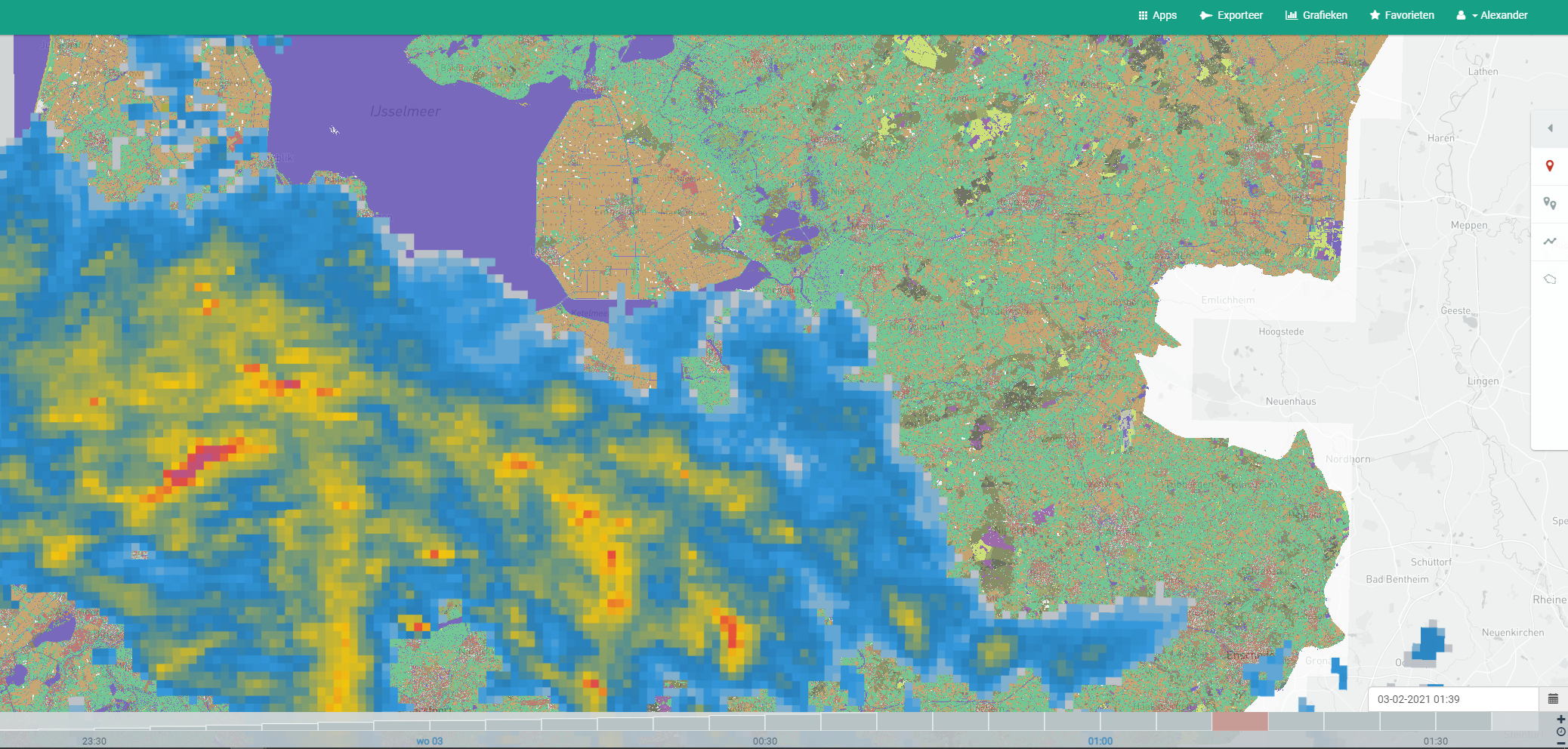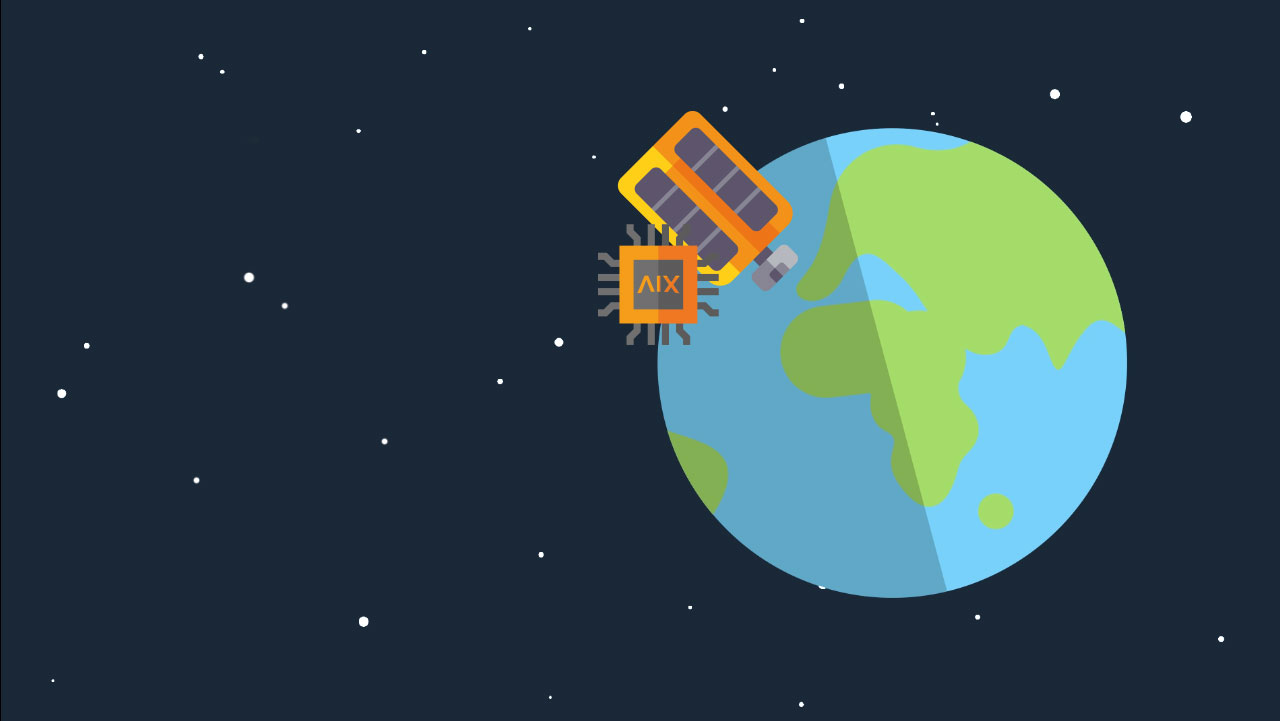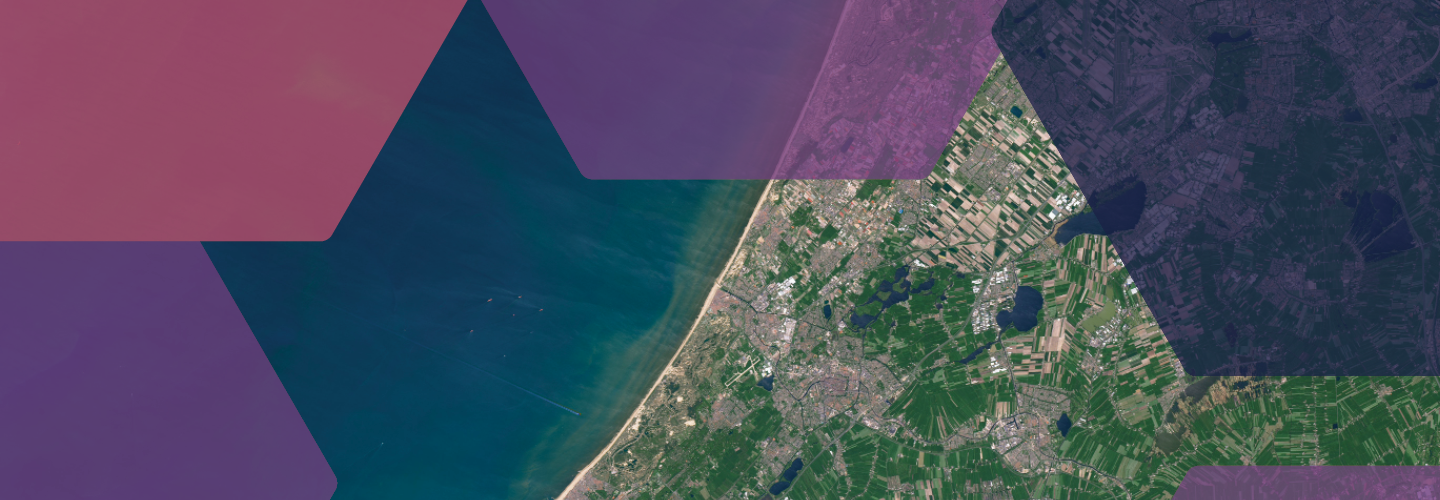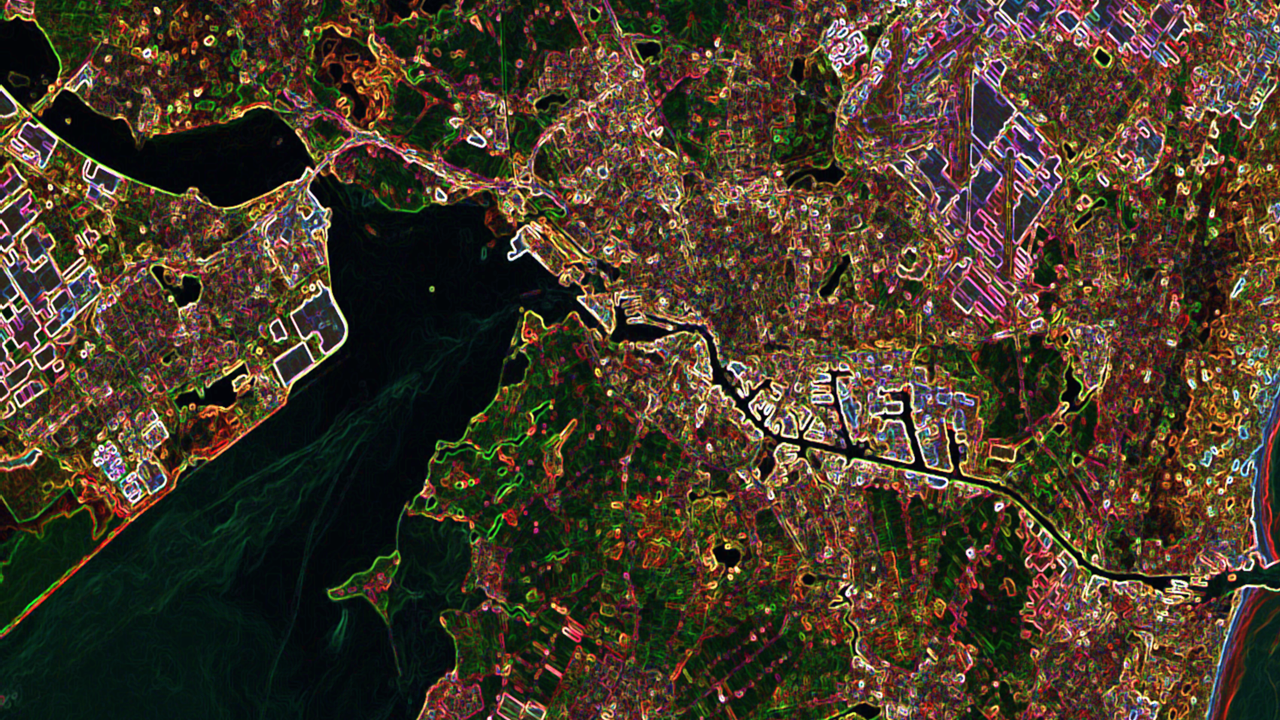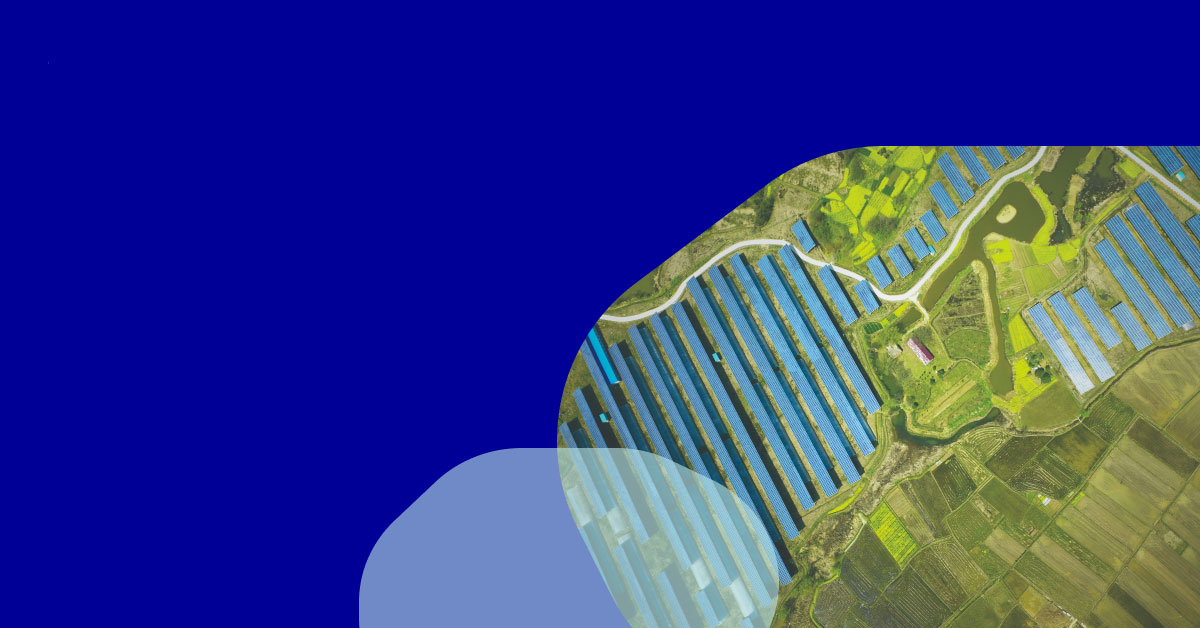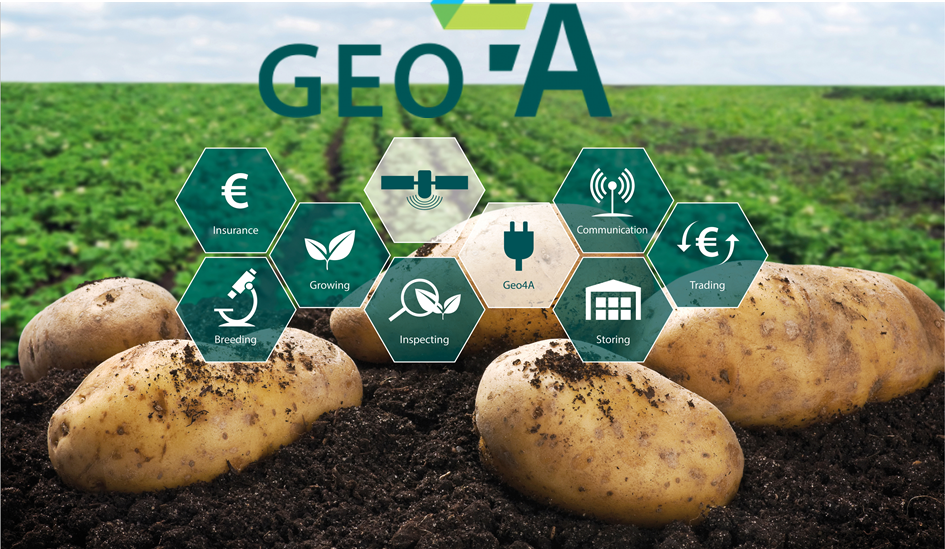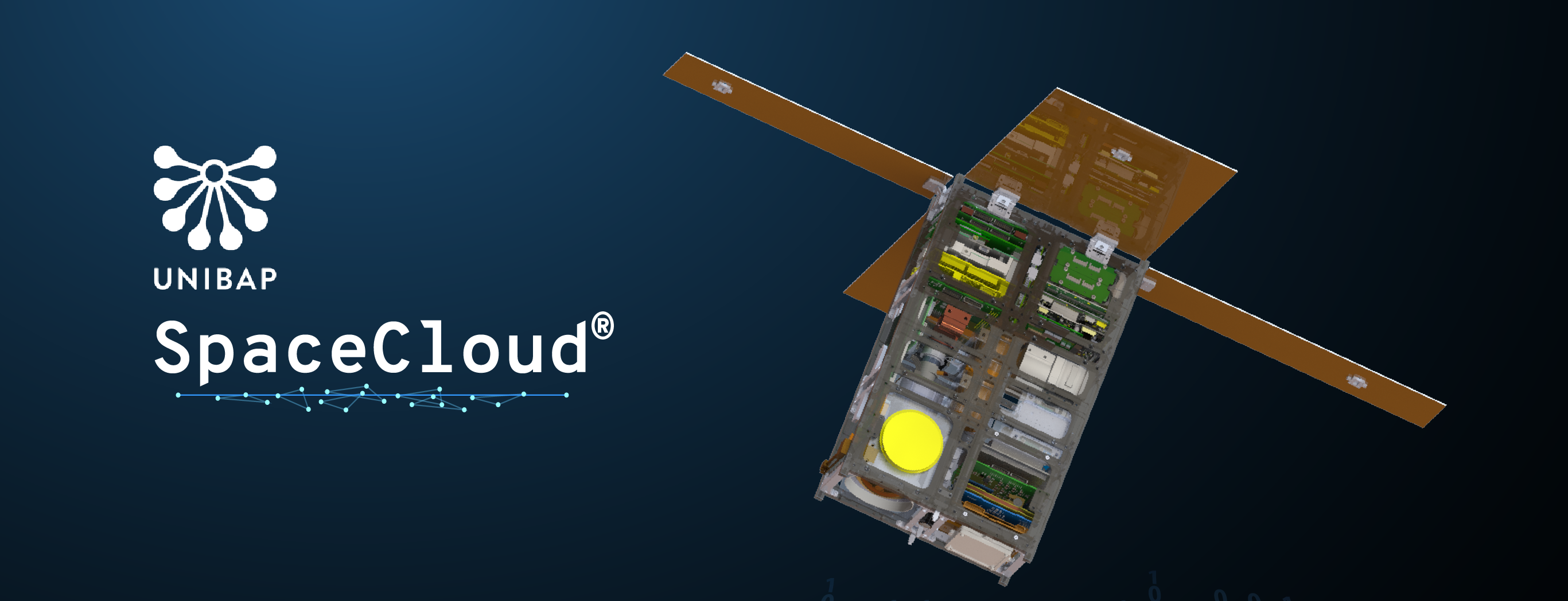This year’s World Water Day theme is ‘’valuing water’’. For InCubed’s activity Water Availability Monitor (WAM), valuing water means providing European farmers with efficient irrigation advice to mitigate drought issues and reduce water use. Find out more in this interview with WAM Project Manager Alexander Hoff and ESA InCubed Programme Manager Amanda Regan.
World Water Day is an annual UN campaign that celebrates water and raises awareness of its use and accessibility. Valuing water, this year’s World Water Day theme is at the core of several InCubed activities including Sat4Flood, CoastEO and WAM.
WAM is an information service that provides daily irrigation advice to European farmers, jointly developed by Dutch tech partners Nelen & Schuurmans, AgroVision and VanderSat. Reliable irrigation advice is crucial to ensure high and stable yields, particularly when increasing drought issues are threatening farmers, their income, and food security worldwide. To help mitigate these issues and reduce the use of water in irrigation, WAM uses the best available climatic, soil and crop datasets to provide farmers with effective irrigation advice.
To celebrate World Water Day on Monday 22 March 2021, Alexander Hoff, WAM Project Manager and Business Manager of Integrated Water Management at Nelen & Schuurmans, explained how WAM is helping European farmers value water. Amanda Regan, Head of ESA’s Φ-lab Invest Office and InCubed Programme Manager, also added her point of view, highlighting how the programme can help the European EO industry preserve our Planet.
How does WAM help European farmers use water more efficiently?
Alexander Hoff: WAM combines satellite data with in-situ sensors and hydrological models to provide actionable irrigation advice. Farmers can access this information using a user-friendly online dashboard called CropVision, developed by AgroVision. This provides farmers with end-to-end irrigation advice that makes the use of irrigation water more efficient, resulting in less unnecessary water use.
How are satellite images used to provide irrigation advice to farmers?
Alexander Hoff: WAM irrigation advice is calculated by a hydrological model, which is driven by VanderSat’s satellite data product. Their world leading soil moisture product provides reliable daily observation at 100-metre resolution. Our hydrological models on plot level use meteorological and hydrological parameters as an input whilst satellite soil moisture observations are used to provide calculations on a daily basis using data assimilation techniques. The soil moisture products are derived from L-band, C-band and X-band microwave sensor observations in orbit on various EO constellations including ESA and NASA.
Amanda Regan: The WAM project, co-funded by ESA InCubed programme, is an example of services that combine multiple sources of EO data, both from optical and radar family, in this case aimed to provide the most advanced parametrisation of the key water availability indices. This highlights the potential of synergistic use of data coming from the Sentinel satellites, but also the added value of integration of this data with other off-the-shelf data products to deliver solutions that are advancing the state-of-the art in the retrieval of this information. On top of this, the ability to prepare data for easy ingestion into the existing farmers’ decision support systems shows how far we have moved from pure EO image analytics to data-driven decision making that can be realistically integrated with end-users systems.
How has the InCubed programme helped you develop WAM?
Alexander Hoff: Technical assistance and support from the InCubed programme has helped make WAM a reality. The InCubed team have been a great support for the development of our product. Their expertise on remote sensing, EO applications, as well as product and business development have helped us sharpen WAM’s value proposition. Their support throughout the project from proof-of-concept to commercialisation is extraordinary and one of a kind. Information services based on EO have enormous potential to enrich plain data services with spatial and temporal data. However the technological complexity requires larger development investment, which can be challenging for SMEs.
Amanda Regan: Indeed, InCubed aims at supporting European EO industry to take their products and services to the next level by applying often novel but scientifically validated data analysis methodologies, and commercialising them in a clearly defined market context. WAM project is a test bed of how joining forces and expertise from different fields can lead both to innovation and market uptake. The project is being implemented by a consortium of experienced SMEs that leverage their respective know-how to develop business relationship based on their complementary products and services. The co-funding nature of the InCubed programme means that this business relationship is a long-term investment from all partners involved and will continue even after ESA support will naturally wind down.
What future plans do you have for WAM?
Alexander Hoff: In 2021, WAM will have its soft launch where selected clients will receive a fully operationally service from start to end of the growing season. This will allow us to technically validate the irrigation advice service throughout the growing season and verify WAM’s value proposition for its clients. After that, we plan to scale up our advice with hundreds of new users per crop growing season. Once this early growth has proven successful, we will expand our service to both Eastern and Southern Europe. Efficient water use is becoming particularly important in Southern Europe where the stresses of climate change are having a severe impact on water availability. For this reason, we have already assessed the usability of WAM in Portugal.
The topic of this year’s UN World Water Day is “‘valuing water’’. What does water mean to WAM and InCubed?
Alexander Hoff: Water is of course at the core of our activity. We chose to focus on improving irrigation systems because we are convinced that this is arguably the most important natural resource on our planet and we really need to avoid even the smallest waste. We decided to use satellite data for a more sustainable water management, as agriculture is both a victim and part of the solution for increasing drought problems. This concerns available water food production, and directly affects nature and the living environment. So I would say that water is really a central theme in the challenge of climate change, as well as biodiversity.
Amanda Regan: Alexander makes an important point about improving efficiencies in water use which can be transferred to other industries. Water resources management is a global challenge of this century and ESA is fully committed to provide satellite systems of current and next generation to ensure that we have a continuous stream of data to identify and manage these scarce resources. However the success of different management options depends on the ability to trust and apply these EO data in a way which is fully optimised and responding to the needs of the water management authorities, or regulators while taking into account specificities of local conditions as well as, for example, the performance of farming support equipment. Such end-to-end system thinking and the ability to customise solutions to user needs is key. In this decade, we will see a progressive uptake of digital water solutions and, in this context, the InCubed programme allows and encourages the innovators to assess different science and market strategies to address water management issues. Some of them can be developed, demonstrated and delivered through activities like WAM, Sat4Flood and CoastEO. We welcome any ideas that use satellite data to preserve planet Earth.
More information on WAM can be found here.
More information on UN World Water Day can be found here.
